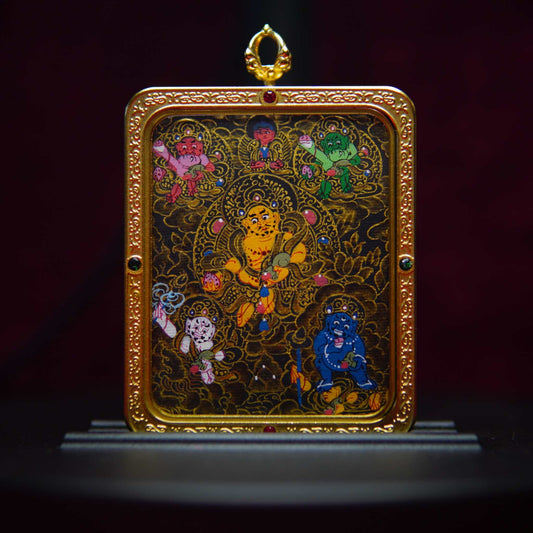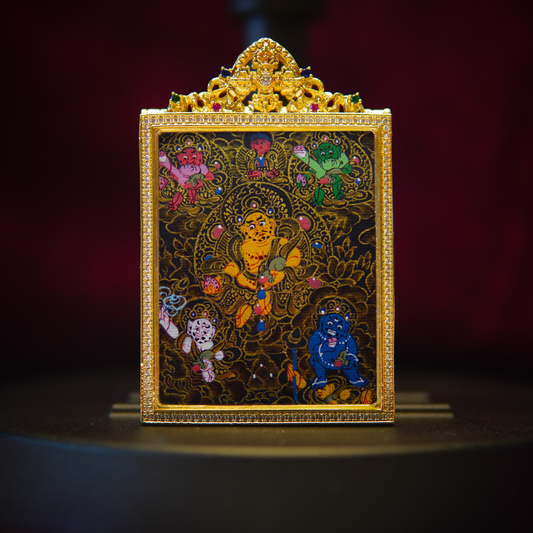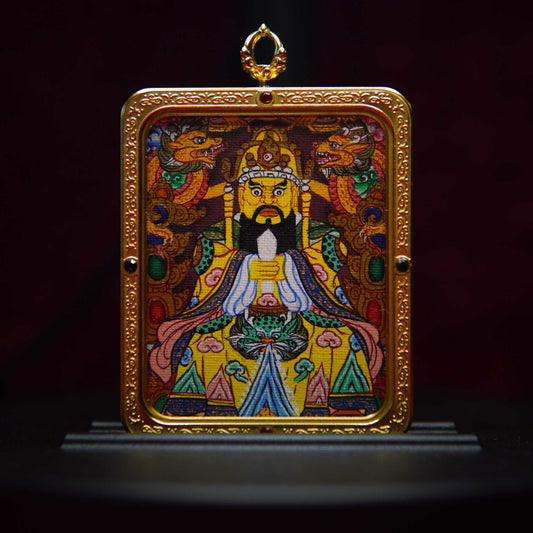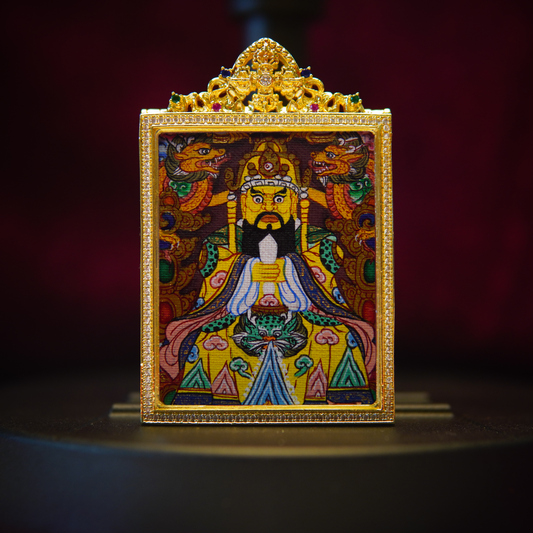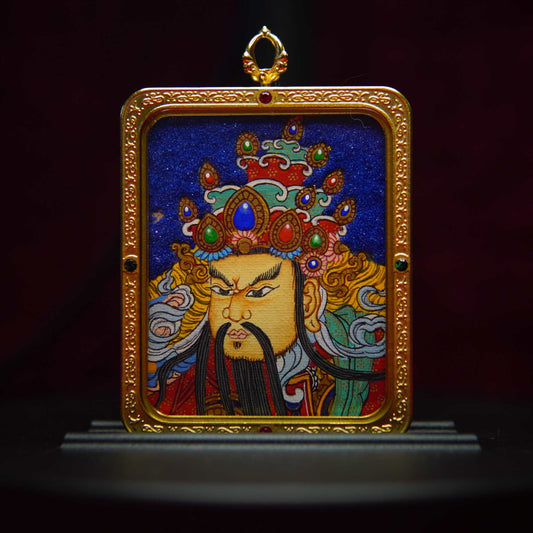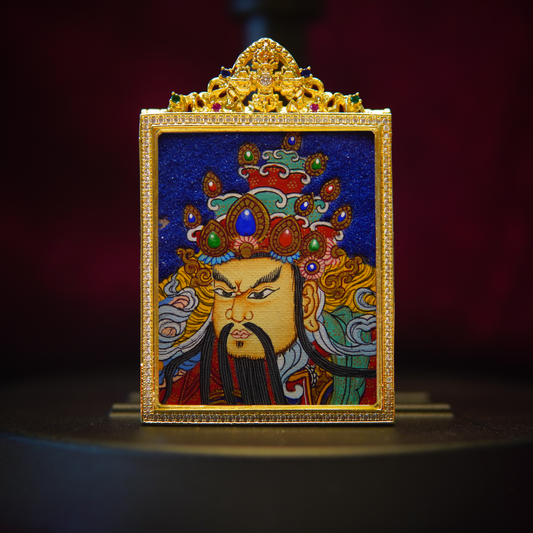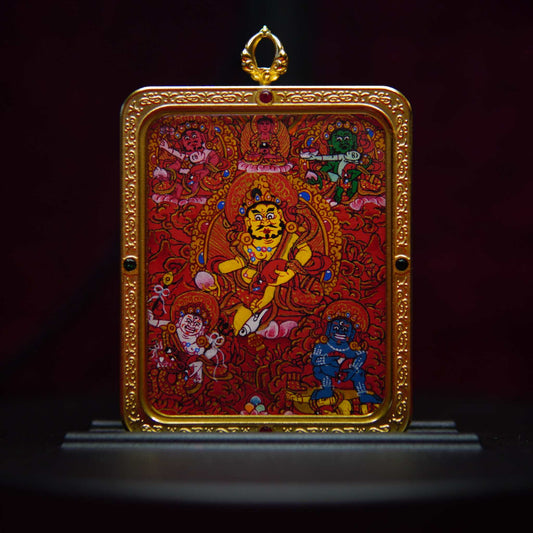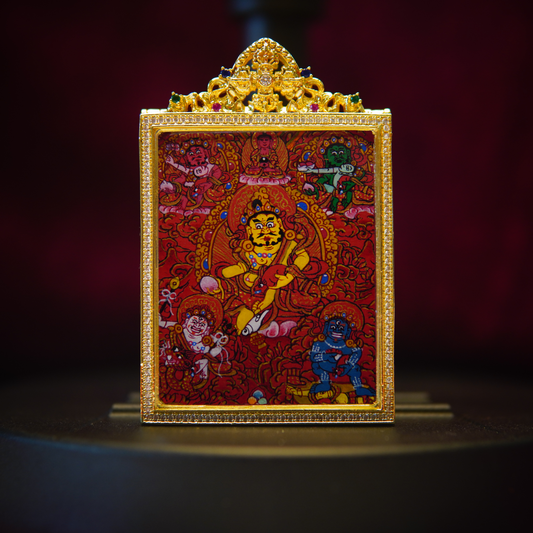The Origin of Thangka
chenHenryMany scholars have discussed the emergence of Thangka from their own perspectives, but have not been able to accurately solve the problem of the origin of Thangka. There is no relatively consistent statement so far. Some people believe that Thangka has a close relationship with the scroll paintings of mainland calligraphy and painting from the perspective of its mounting method; some people believe that it developed on the basis of a scroll painting carried by early pilgrims in India and Nepal; some people even believe that when early Buddhist art was introduced to Tibet, the Tibetans mainly lived a nomadic lifestyle. In order to better solve the contradiction between the place of worship and religious beliefs, the scroll painting form of Thangka, which is easy to carry and does not conflict with the production and lifestyle, appeared. In short, due to natural and historical reasons, the origin of Thangka cannot be verified. It is said that the Tibetan Thangka painting art originated in various parts of Tibet as early as the period of King Songtsen Gampo (7th century AD). According to the Records of Jokhang Temple written by the Fifth Dalai Lama, after a divine revelation, the Tibetan king Songtsen Gampo used his nosebleed to draw a portrait of Bairam, which is the legendary first thangka. It is said that this thangka was used by Guozhuxi Living Buddha to hide the statue of Bairam.
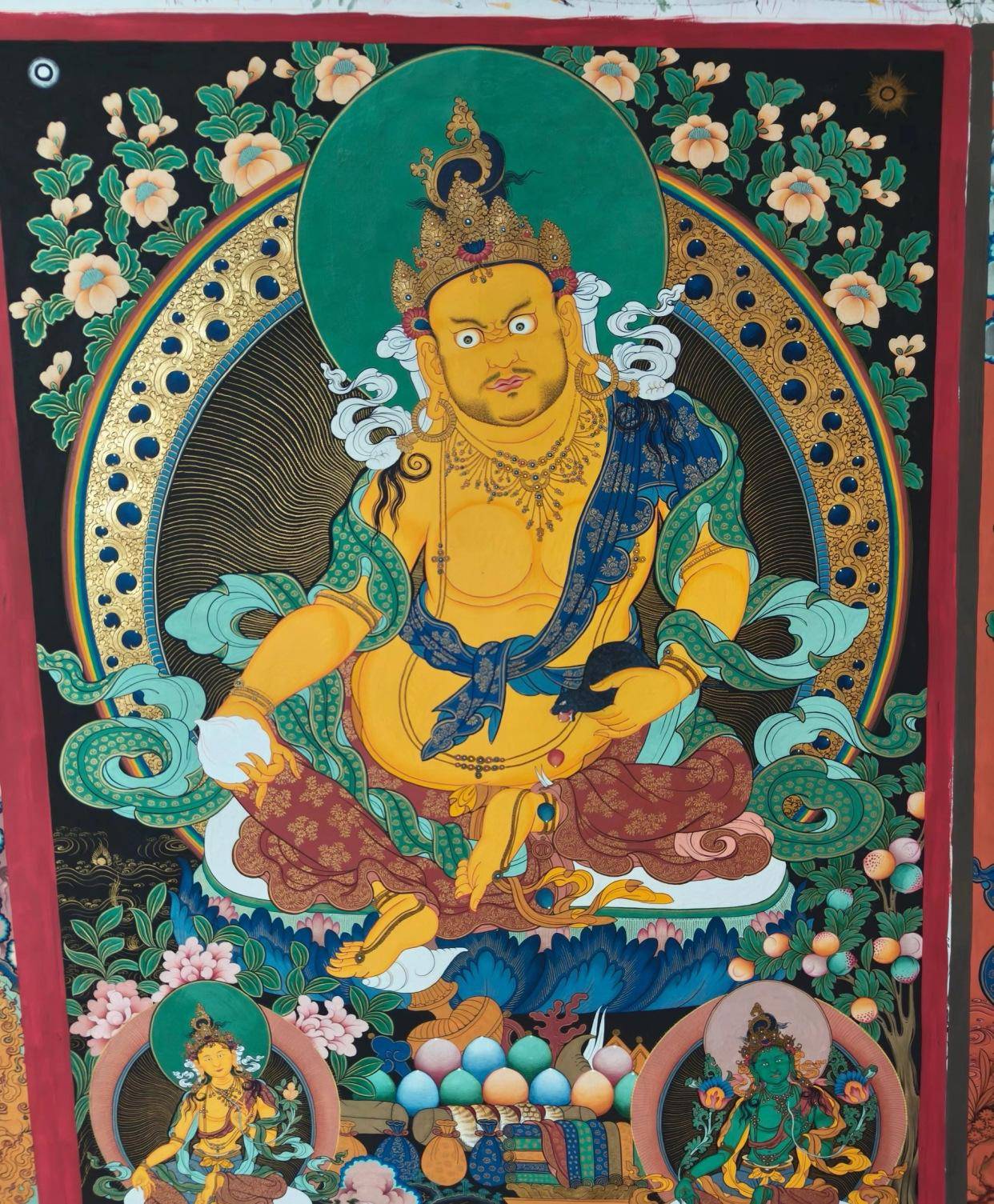
Many domestic scholars believe that as early as the Tubo period more than a thousand years ago, Tibet already had the thangka painting form. However, the Fifth Dalai Lama was a person in the 17th century, far away from the Songtsen Gampo era, so the Fifth Dalai Lama's account is only based on legends, lacking accurate records of physical objects and documents. As a scientific research, these legends are probably not enough. But in terms of painting art, the earliest can be traced back to the Neolithic rock paintings. During the Tubo Dynasty, painting had developed to a certain extent. Due to the limitations of historical conditions and materials, the thangkas of the legendary Tubo period are now difficult to see. However, from the murals of many early temples such as the Potala Palace, Jokhang Temple, and Ramoche Temple in Lhasa, it can be confirmed that Tibetan painting art had reached a certain level at that time. Therefore, it can be inferred that thangka is a painting form that emerged on the basis of murals or is closely related to murals, and it appeared before the middle of the 7th century at the latest. The early thangkas have disappeared due to Langdarma's destruction of Buddhism. Except for a few works from the period of separatism and the Sakya Dynasty, most of the existing thangkas are works after the 15th century.
The earliest thangka work seen now is the thangka of "Atisha with Slanted Head" (ཨ་ཏི་ཤ) painted by a Nepalese painter at the request of his disciple Geshe Natso before the death of the famous monk Atisha (ཨ་ཏི་ཤ) in the 11th century. On the back of the thangka are 30 verses of praise for Atisha written by Natso himself. This thangka has been kept in the temple as the treasure of Reting Monastery. Reting Monastery also has a thangka from the period of Zhong Jiewaqiongnai, the founder of the Kadam Sect, which is said to be fire-resistant. The thangka depicts a four-armed Avalokitesvara surrounded by eight followers. The painting style absorbs the measure of Nepalese painting style. It was the popular style of thangka from the 11th to the 13th century, which was also the period when Tibetan painting art was widely popularized.

The content of thangka is extremely wide, including religious thangkas reflecting Tibetan Buddhism and various gods; Tibetan medicine, Tibetan medicine, astronomy and calendar thangkas reflecting the achievements of natural sciences; historical thangkas recording historical events; and biographical thangkas recording people. The historical events, biographies, religious doctrines, Tibetan customs, folk legends, myths, auspicious patterns, etc. on these thangkas involve all aspects of politics, economy, history, religion, literature and art, architecture, and social life, which can be called an encyclopedia of images. These exquisite works of art are the epic of Tibetan civilization.

